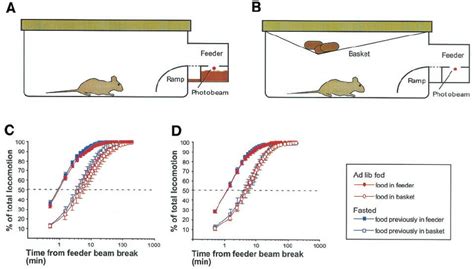Discover the Truth About Mouse Feeding Cycles
Mice, those tiny, often unwelcome houseguests, have surprisingly complex feeding behaviors. Understanding their feeding cycles is crucial for effective rodent control. This article delves into the intricacies of mouse feeding patterns, dispelling common myths and providing valuable insights for homeowners and pest control professionals alike.
What are the typical feeding patterns of house mice?
House mice are crepuscular, meaning they are most active during dawn and dusk. However, their feeding habits aren't strictly confined to these times. They are opportunistic feeders, meaning they'll eat whenever food is readily available. While they might have peak activity periods, they will snack throughout the day and night, especially if food sources are scarce or unpredictable. Their feeding pattern is largely influenced by their environment and the availability of food. In areas with abundant food and minimal risk, they may exhibit less predictable patterns.
How often do mice eat?
Mice have a rapid metabolism, requiring frequent food intake. On average, a mouse will eat several times a day, consuming small portions each time. This frequent feeding is vital for maintaining their energy levels and body temperature. They'll often cache food, storing small amounts in multiple locations within their territory. This behavior acts as a safety net, providing sustenance should a primary food source become unavailable.
How much does a mouse eat in a day?
The amount a mouse eats in a day varies depending on factors like its size, age, sex, activity level, and the food's nutritional content. Generally, a mouse needs to consume about 3-5 grams of food per day. However, this is an average, and individual mice may consume more or less.
Do mice hoard food?
Yes, mice are known to hoard food. This is an instinctive survival mechanism. They'll often cache food in hidden locations within their nests or other secluded areas within their territory. This cached food provides a buffer against periods of food scarcity. They don't hoard large quantities in one place, preferring to distribute their stores across several locations.
What kind of food do mice prefer?
Mice are omnivores, meaning they'll eat both plant and animal matter. They have a preference for high-energy foods, such as grains, seeds, nuts, and fruits. They also consume insects, meat scraps, and even pet food if it's accessible. Their dietary choices are primarily driven by the availability of food in their environment. The easier something is to access, the more likely they are to consume it.
How can I use a mouse's feeding habits to my advantage in rodent control?
Understanding a mouse's feeding behavior can be a powerful tool in controlling rodent infestations. Strategic placement of traps and bait stations near known feeding areas significantly increases the chances of capturing mice. Furthermore, regular cleaning and proper food storage practices can help minimize the attractiveness of your home to these rodents. Removing food sources, like spilled crumbs or accessible pet food, disrupts their established feeding patterns and forces them to search elsewhere for sustenance.
Do mice have a sleep-wake cycle that impacts their feeding times?
While mice are most active during dawn and dusk, their feeding activity isn't entirely dictated by a sleep-wake cycle in the same way humans are. Their feeding is opportunistic. If food is available at any time, they will consume it. Their periods of rest are interspersed with periods of activity, and feeding is a crucial component of those periods of activity. Understanding this aspect is crucial for effectively placing bait and traps.
In conclusion, the feeding cycles of mice are complex and influenced by numerous factors. By understanding their opportunistic feeding habits, preferences for high-energy foods, and tendency to hoard food, you can implement more effective rodent control strategies. This knowledge empowers homeowners to create a less hospitable environment for mice and minimize the risks associated with infestations.

